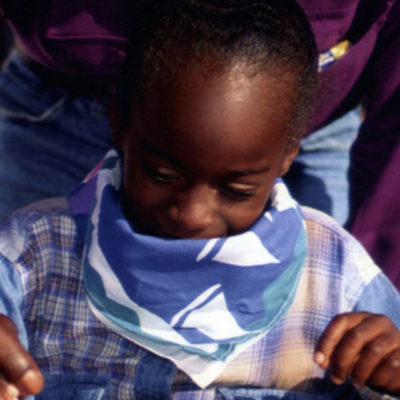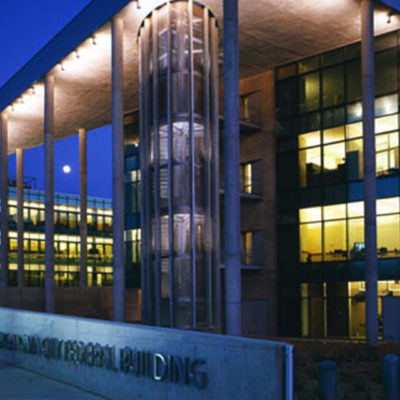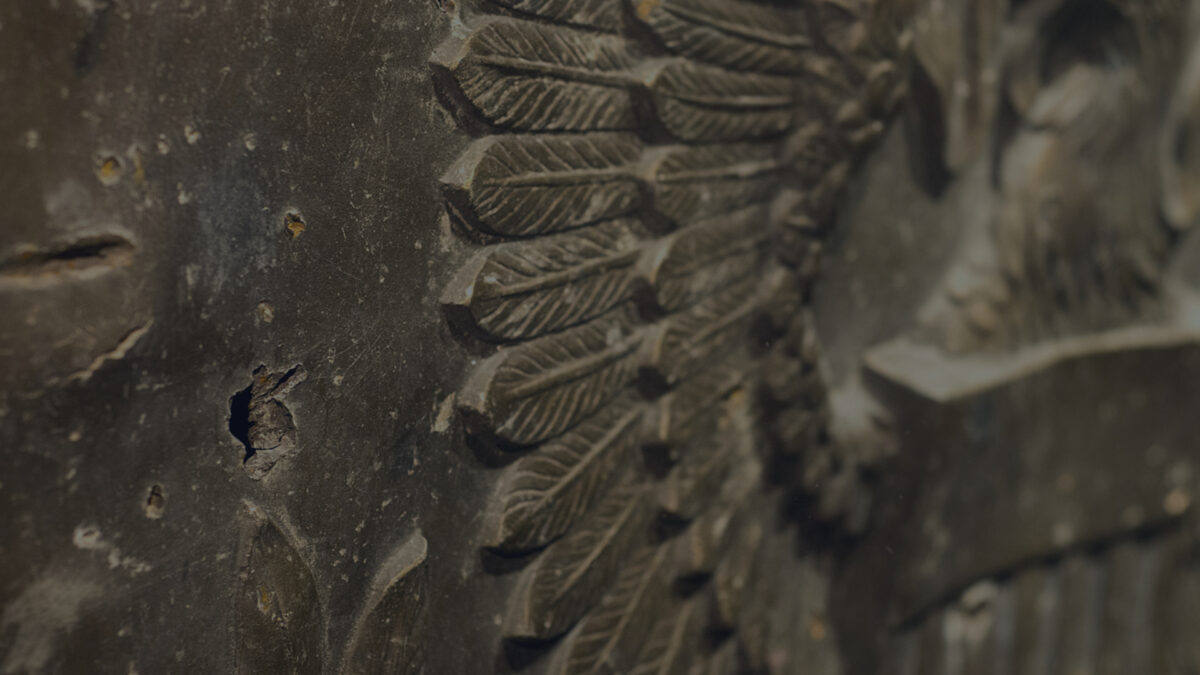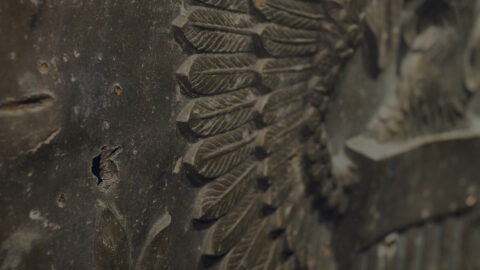Lessons Learned
Don’t Underestimate the Significance and Symbolism of the Seemingly Insignificant
Within hours, symbols of hope and faith began to appear near the bombing site, which gave family members, survivors and rescue workers strength. Two special symbols, the Survivor Tree, and the Fence, remain widely recognized to this day. The Survivor Tree, thought to be too badly damaged to survive, continues to give visitors to the Outdoor Symbolic Memorial hope and comfort.
The first Fence was installed to protect the site of the Murrah Building. Almost immediately, people began to leave tokens of love and hope on it. Those items now total more than 60,000 and some are collected and preserved in our archives. Today, more than 200 feet of the original Fence gives people the opportunity to leave tokens of remembrance and hope.
Mike Boettcher, University of Oklahoma Gaylord Visiting Professional Professor, has served on the Oklahoma City National Memorial & Museum Media Symposium panel, The Public’s Right to Know, and has spoken to many University groups from around the world at the Memorial.





